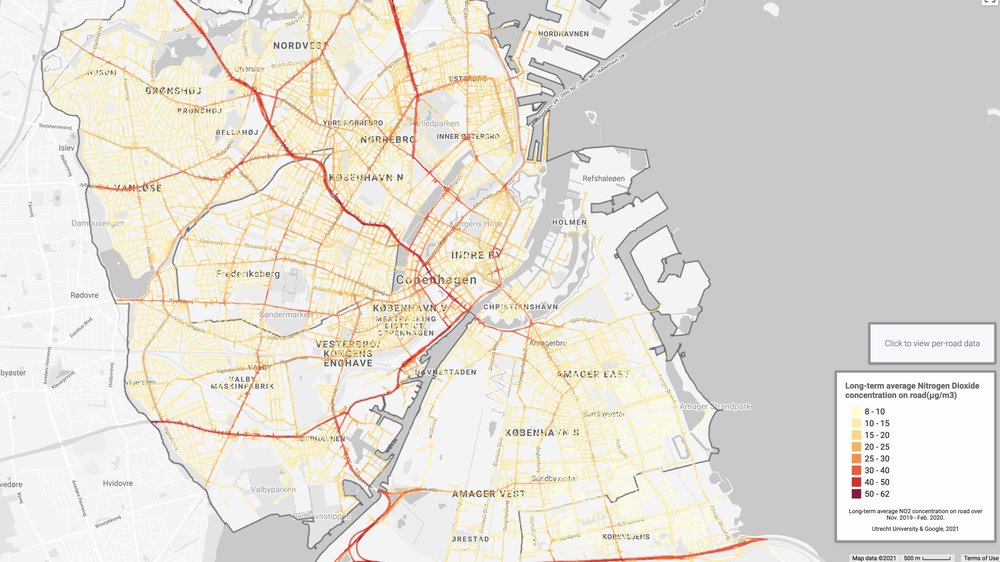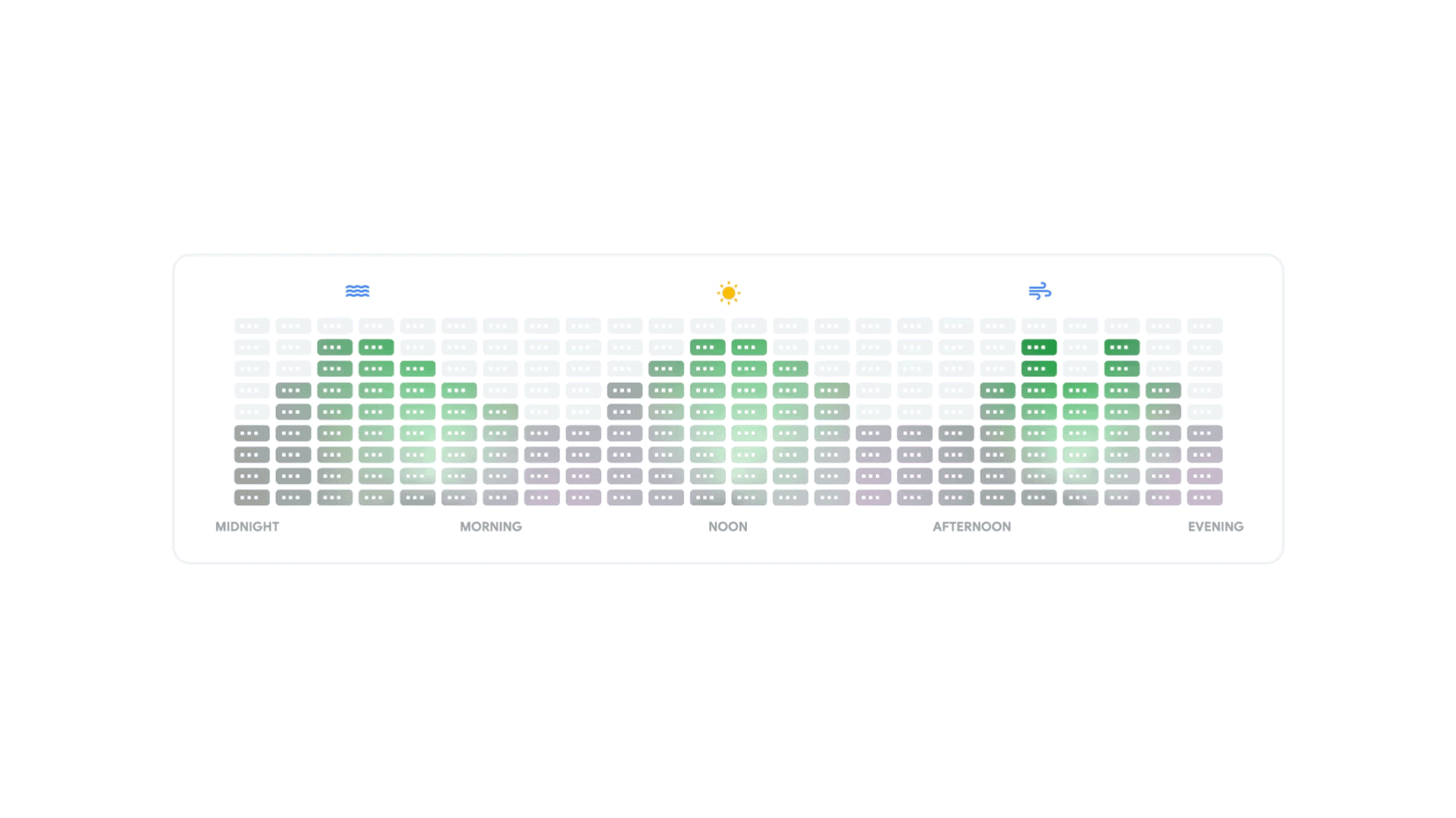Biodiversity is collapsing, sea levels are rising, and weather is becoming more extreme and unpredictable. Human activity is now unequivocally linked to climate change and its consequences. The question stands: Is the planet’s ecological turmoil a result of our unwillingness to listen to the wants and needs of other species?
This year at the United Nations General Assembly, the annual gathering of world leaders and representatives across humanity to address and act on our planet’s most urgent crises, we decided to open the first ever Interspecies Assembly. Created in collaboration with eight cultural organizations, the new interactive digital hub on Google Arts & Culture brings the representatives and voices of other life forms into the discussions and decisions around the changing environment. The simple mission: to foster friendly relationships among species, in the hopes of paving a way for a truly safe and sustainable future.
Interspecies Assembly by SUPERFLEX for ART 2030 will be presented in two parts. In Central Park, there will be a gathering site also entitled Interspecies Assembly, marked by a series of pink stone sculptures arranged in a broken circle. It invites visitors of all species to enter and exit from any direction. Engraved across the sculptures is an “Interspecies Contract,” which suggests a new code of conduct for humans, based on what we call Interspecies Ethics. It asks the human participant, as an example, to give a moment of their time to other species, done by ‘idling’ for five minutes to cultivate awareness for the many different life forms that surround us every day.

Visualisation of Vertical Migration , SUPERFLEX, 2021. UN Photo/Eskinder Debebe
In addition, we have invited the first non-human representative directly to the United Nations to participate in the high-level discussions conducted during the film Vertical Migration. The protagonist of this film is a computer-generated siphonophore, an order of marine animals from the deep sea. These are fascinating creatures that are unfamiliar to many of us — they vary wildly in size, from the slightness of a fingernail to the length of a whale and look nothing like what we find on land. They also have bodies quite different to what we know: they are composed of many individual zoids that work in harmony as a society to survive. Perhaps, if we can see and feel from the perspective of a siphonophore, we can also find inspiration for how we approach the world around us.

Bluebottle I | Matty Smith | Underwater Earth
This delegation will also extend their voyage, from the depths of the oceans to the United Nations to you. Together with Google Arts & Culture, ART 2030 and Kollision, we are making the siphonophore from Vertical Migration come to life through Augmented Reality, for an intimate encounter with this marine species.

AR model | Vertical Migration's Siphonophore | SUPERFLEX in collaboration with Kollision | ART 2030
Check out the online exhibition
Also on Google Arts & Culture, a new digital exhibitionis bringing together contributions from museums and scientific institutions and encouraging you to learn about what makes this creature so special and the importance of biodiversity. You can explore it atg.co/siphonophore
Faced with the spectre of the siphonophore, we hope it sparks a recognition that we are all connected, that our actions affect each other and that we all share a common fate.




